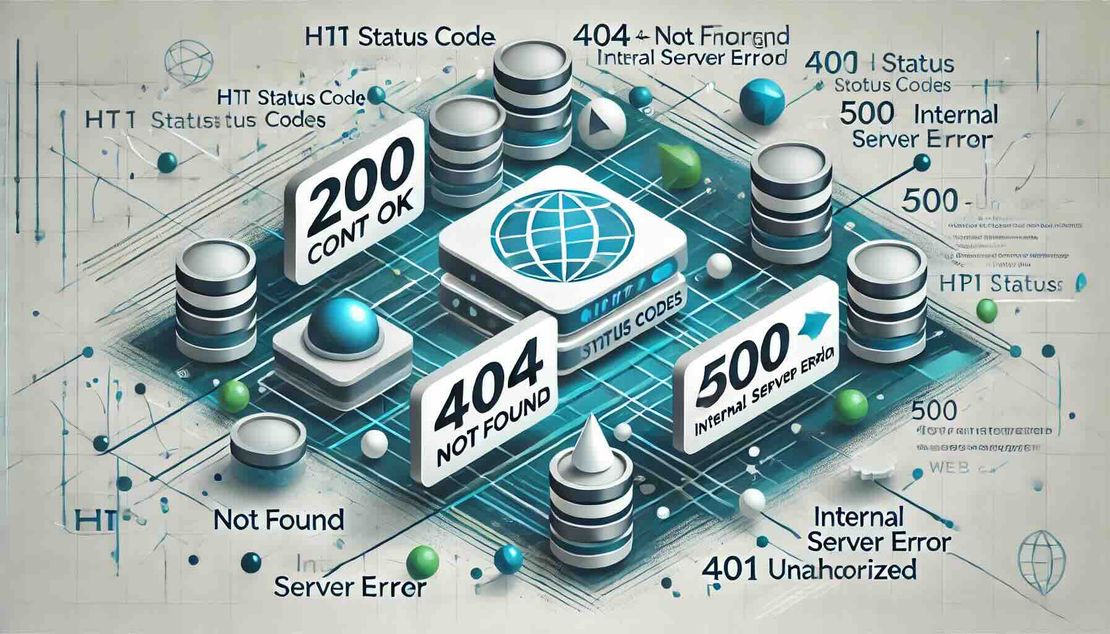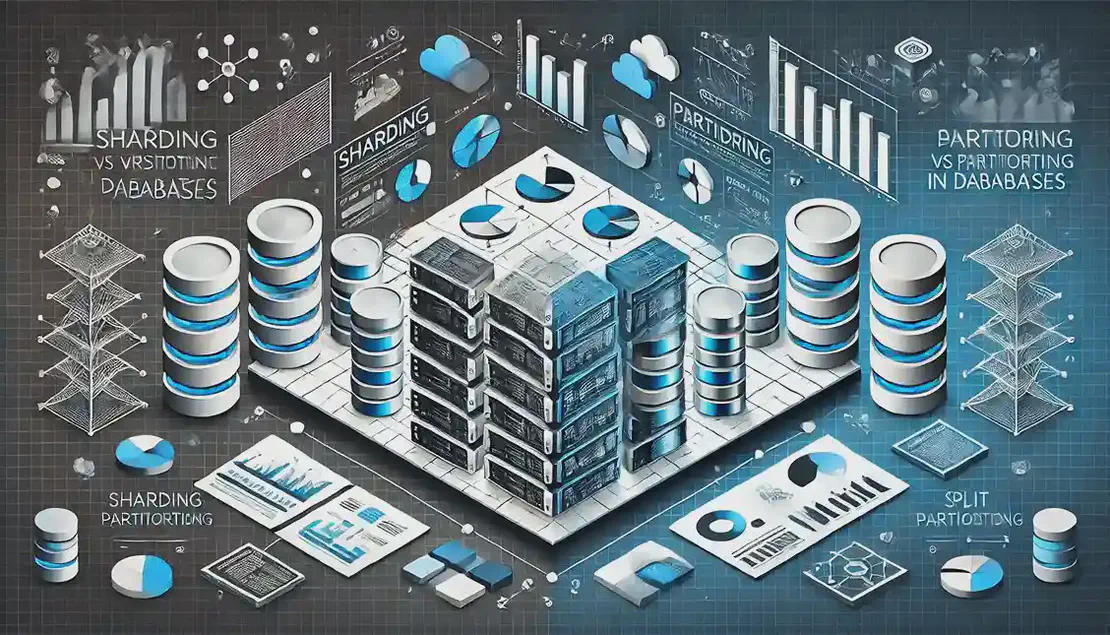
Service Mesh: Managing Microservices Communication
- Vipul Kumar
- Scalability , Microservices , Service mesh
- November 19, 2024
Table of Contents
🔍 Definition — A service mesh is an infrastructure layer that manages communication between microservices in a distributed system, providing tools for traffic management, security, and observability.
🔄 Functionality — It acts as a communication fabric, enabling reliable and efficient service-to-service communication, handling tasks like load balancing, service discovery, and encryption.
🛡️ Security — Service meshes enhance security by adding layers of protection to communication channels, ensuring data privacy and integrity.
📊 Observability — They offer tools to monitor and track interactions between microservices, aiding in troubleshooting and performance optimization.
⚙️ Popular Technologies — Notable service mesh technologies include Istio, Linkerd, Consul, Envoy, and AWS App Mesh, each offering unique features and integrations.
Key Concepts
🧩 Microservices — These are small, independent services that work together to form a complete system, each focusing on a specific task.
📞 Communication — Service meshes facilitate efficient and secure communication between microservices, akin to a reliable phone line.
🚦 Traffic Management — They manage how messages flow between microservices, ensuring they reach the right destination without congestion.
🔒 Security — Service meshes add security layers to communication channels, protecting data shared between microservices.
🔍 Observability — They provide tools to monitor and track microservice interactions, helping developers troubleshoot issues.
Popular Technologies
🌐 Istio — A widely adopted platform offering traffic management, security, and observability, integrating well with Kubernetes.
⚡ Linkerd — Known for simplicity and lightweight design, it focuses on reliability and performance in microservices communication.
🔍 Consul — Provides service mesh capabilities along with service discovery and configuration, suitable for multi-datacenter environments.
🛡️ Envoy — A high-performance proxy used as a data plane in service mesh architectures, known for extensibility and observability.
☁️ AWS App Mesh — Offers visibility and control over microservices on AWS infrastructure, integrating with ECS and EKS.
Implementation Steps
📝 Assessment — Evaluate your application’s architecture to determine if a service mesh is necessary and identify benefiting microservices.
🔍 Selection — Choose a service mesh technology that aligns with your requirements, considering integration ease and feature set.
🔧 Deployment — Implement the chosen service mesh, configuring it to manage communication between your microservices.
🔍 Monitoring — Use the service mesh’s observability tools to monitor microservice interactions and optimize performance.
🔄 Maintenance — Regularly update and maintain the service mesh to ensure it continues to meet your application’s needs.
Follow me on: LinkedIn | WhatsApp | Medium | Dev.to | Github

